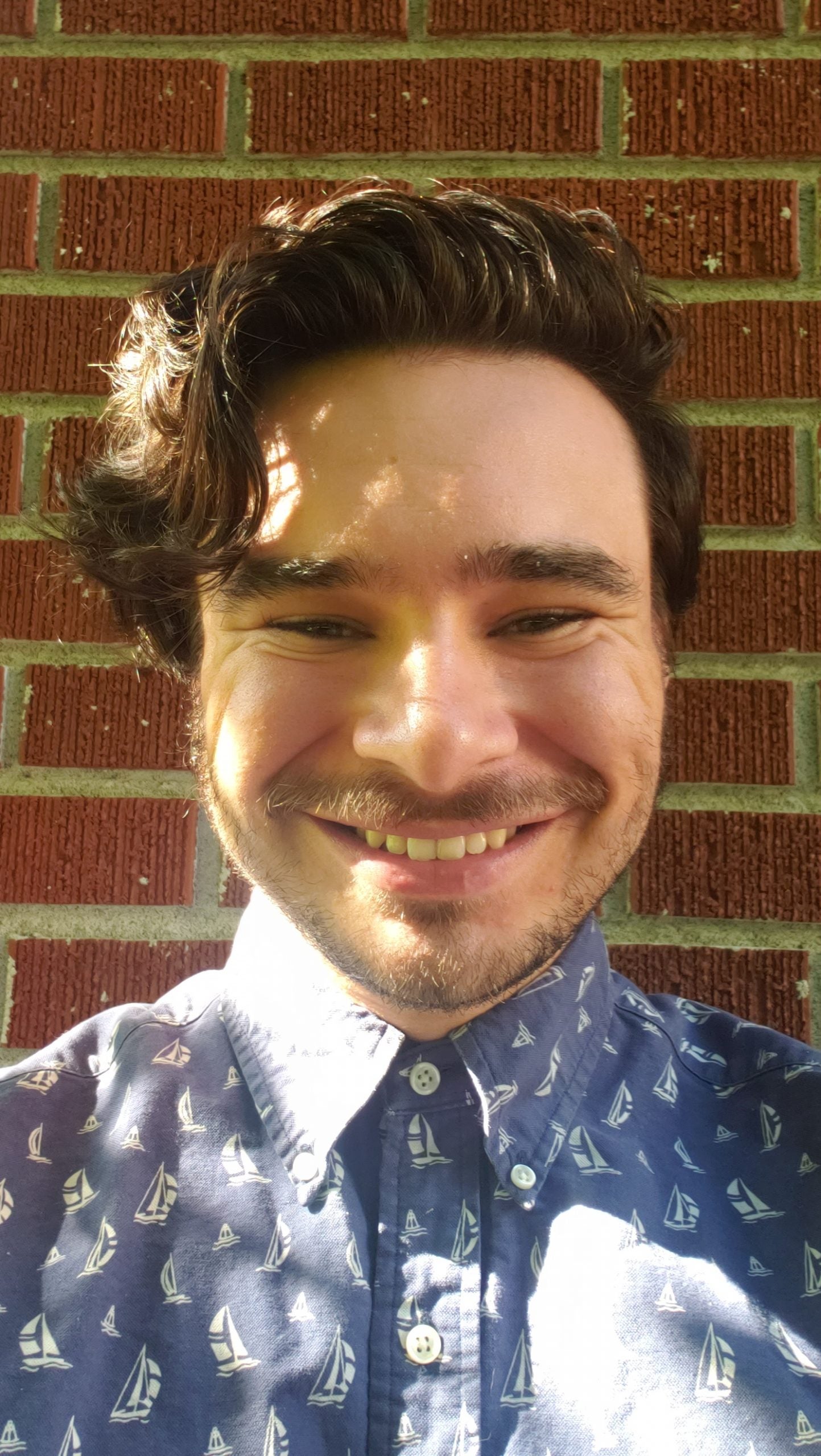Sam Campau

Pronouns: He/Him/His
UROP Fellowship: Community College Summer Fellowship Program
Jackson College
Research Mentor(s): Andrew Cabaniss, PhD Candidate
Interdepartmental Program in Classical Art and Archaeology
Presentation Date: Thursday, July 30, 2020 | Session 3 | Presenter: 4
Authors: Sam Campau
Abstract
Complex systems are comprised of interrelated parts that evolve over time through non-linear cause and effect. These systems are difficult to model in the traditional equation-based way precisely because of this adaptability and dependency. One method used to overcome this challenge is Agent-Based Modeling (ABM), which uses discrete “agents” with simple rules to govern their behavior and interactions within the simulation. In ABM, each agent is autonomous and interacts with other agents and the environment of the simulation allowing the system to evolve over time. One of the key benefits of ABM is that factors that govern an agent’s behavior, whether environmental or internal, can be modified easily between runs of the simulation. This allows for careful examination of the causal relationships that lead to specific outcomes.
This project focuses on the use of ABM to model life in Roman Egyptian villages during the first three centuries of Roman rule (30 B.C.E. to 300 C.E.) using the demographic data from census returns compiled by Bagnall and Frier in The Demography of Roman Egypt (1994). An ABM is under development by Andrew Cabaniss using Python that can simulate and track demographic data over generations to centuries. My goal is to add to that a module for economic development, specifically the accumulation of wealth at the household level. This module will not simulate the Roman-Egyptian economy in all its intricacies; rather it will provide a framework for tracking generational wealth based on the interactions of individual agents. I hope to model generational wealth accumulation and its effects on the development of individual households using the framework of the existing demographic model. As the module becomes more robust, it will be able to answer more complicated questions about wealth accumulation and transfer for various demographic conditions. This will hopefully shed light on how economic disparity propagates from the past and help us develop policies to address modern wealth gaps.
Google Slide Presentation
Presentation Script
Research Disciplines
Arts and Humanities



